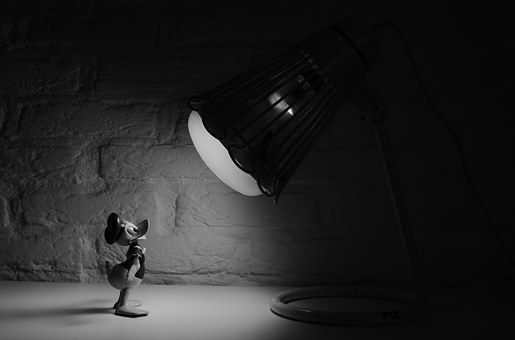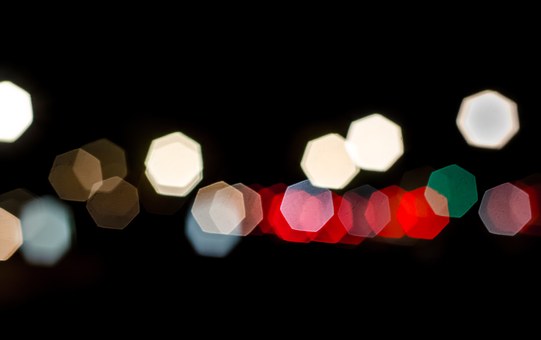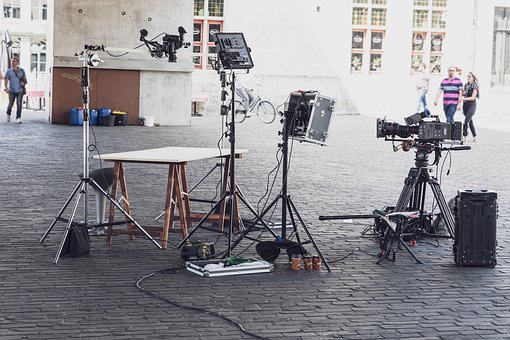What is the job of a cinematographer? The Oscars recently created a storm of disapproval & then back-tracked on a decision to make a few awards seem ‘less’ important by relegating them to the advertising break during the show.
Happily, there also followed a protest by those who work in the industry and the Academy changed its mind.
This prompted me to look at one of those categories this week – what is the job of a Cinematographer (aka The Director of Photography).
WHAT IS THE JOB OF A CINEMATOGRAPHER
- the Wikipedia answer “The cinematographer oversees or directs camerawork and photography in film making ..”
- what does that mean for the cinematographer’s role?
- decisions about camera moves; lighting (light meters); shot colour; depth of field; where the actors will be etc.
- making choices based on the budget and equipment available
- problem solving with the director
- time is money, the cinematographer has to be able to set up a scene to give the crew a maximum day’s shooting time
- creating a tone and style for the film
- overseeing crew hiring – camera operators; grips; lighting crew; gaffers
film is a collaborative experience
- this is why there was such a backlash about the awards although there is a hierarchy, every part of the team is crucial.
- The job of a cinematographer? in order for the director to say ‘action’ the scene needs to be set and that process is in partnership with the cinematographer.
the director
- the closest relationship the cinematographer has is with the director.
- once you have read the script, it’s time to sit down with your director and discuss choices for the movie.
- some directors know the colour palette and tone they’re looking for; the camera angle and lenses
- others may be less ‘technical’ and will focus on actors / performance and leave technical choices to their team.
- the job of a cinematographer is also to adapt for each movie’s different needs.
influences
- are there images you can look at i.e. from other movies; paintings; photography?
- start building a mood book based on thoughts around the script.
- all these choices tell the audience something about the movie and the characters – a conscious and sub-conscious set of pointers as to what type of world we will be in for the next 90 minutes
- whilst you are not the director, you are interpreting their vision for the movie
the script
- what is the story about – what is the tone, genre, meaning & mood of the movie
- is this a bright and cheerful movie or sombre and moody – that will affect your choices
- what does the director want to say about the film.
production
- talk to the other HoDs (Heads of Department)
- what is the reference in hair; make-up; costume; production design; music
- all references create a recipe for the final feel of the movie
location
- where will you shoot the movie
- what is the available light source
- is this a studio where the elements can be controlled
- or
- will you need to be ‘weather’ dependent on an outside shoot.
how do you become a cinematographer
- as with all things ‘film’ – get out there and offer your services (as a runner, assistant, driver etc)
- network – it’s “who you know” in this industry as well as talent.
- if you’re enthusiastic and helpful, you’ll be remembered.
- start shooting your own work – shorts; commercials; work with friends; contact film school
- experiment – with cameras; technology; lenses – wide; telephoto; angles; lighting
watch movies
- take a look at the style and tone in movies you watch
- once you have a few projects under your belt, create your own website & showreel
develop your own style
- you could go to film school and get a degree in film and cinematography
- or
- you could work your way up the production ladder.
study movies for examples of tone and mood: e.g.
PADDINGTON or MARY POPPINS vs PAYBACK or SICARIO



Leave a Reply